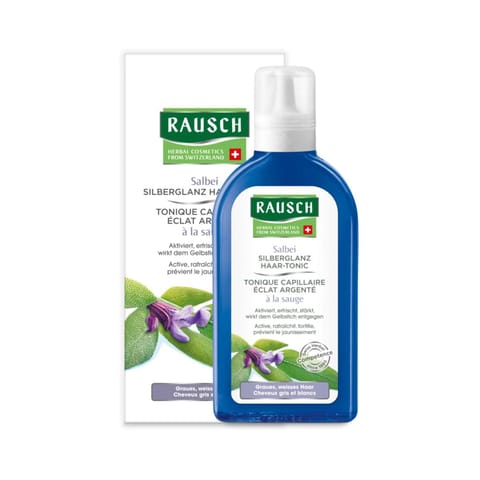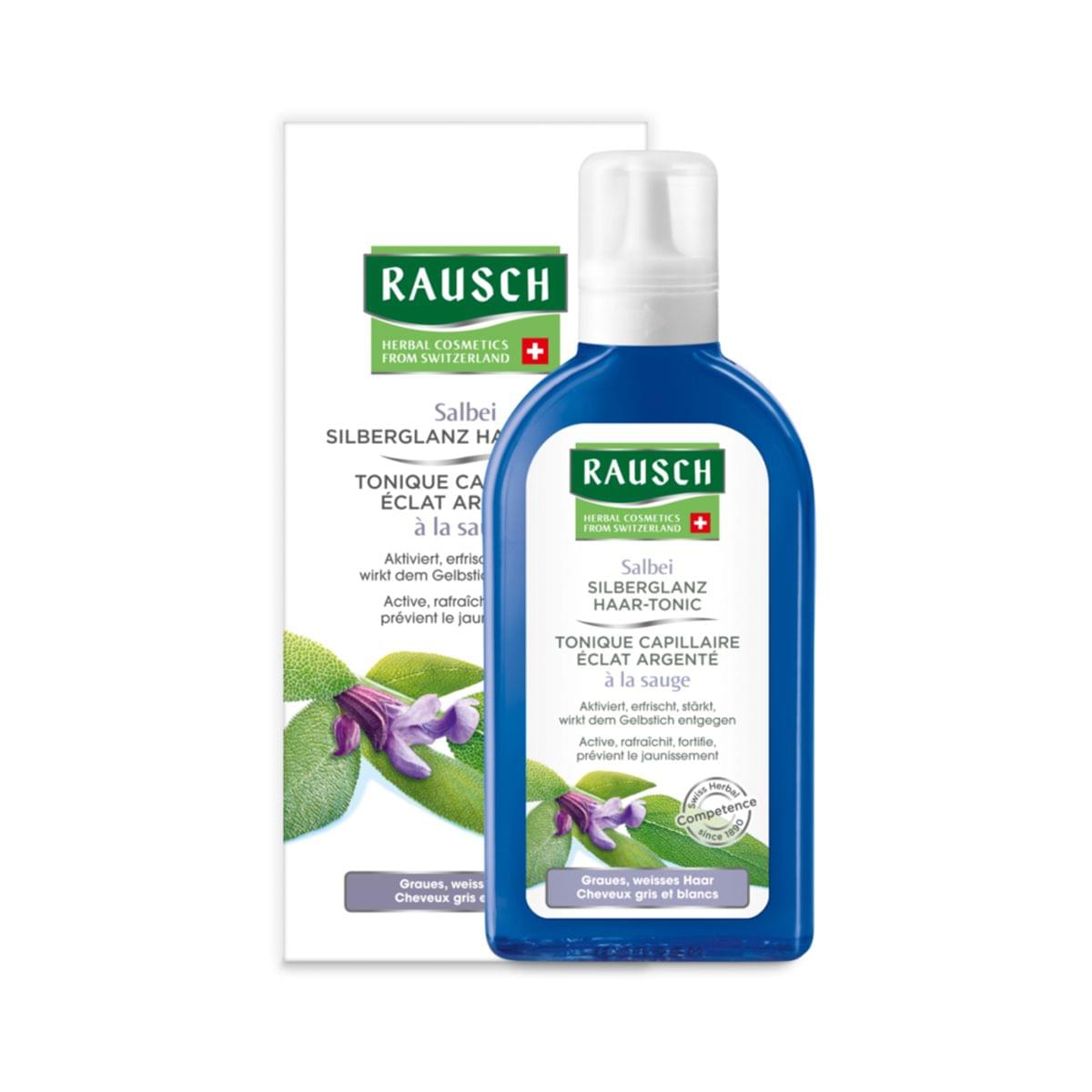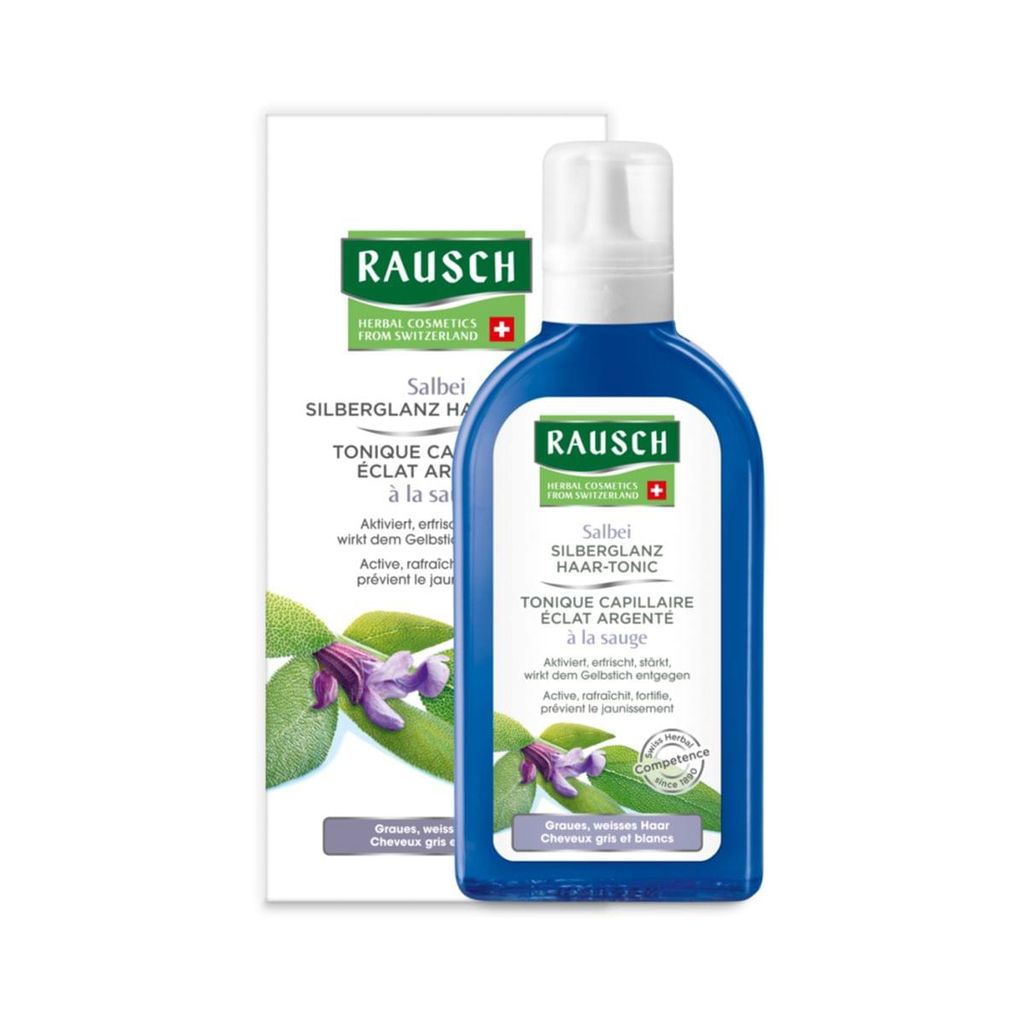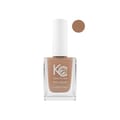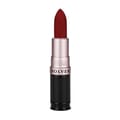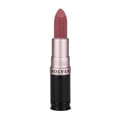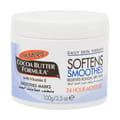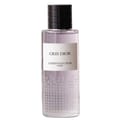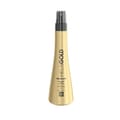Hair color is produced in the pigment cells (melanocytes) in the bulb-shaped hair root when new hair cells are formed. Two different types of pigments are known: the yellow to reddish-brown pheomelanine, which produces blonde, or redheads and the brownishblack eumelanine of dark brown and black hair colors. All shades of hair color are based on these two pigments. Hair starts to turn gray once the pigment-producing melanocytes cease producing and become fewer in number. “Gray hair†is a mixture of normal colored hair and colorless hair. The degree of gray depends on the ratio of normal colored hair to colorless. During this phase, and if subjected to intense sun, hair can get a yellowish, neglected look.
11738- Home
- Hair Care
- Hair Treatment
- Hair Thinning & Hair Loss
- RAUSCH SAGE SILVER HAIR TONIC
RAUSCH SAGE SILVER HAIR TONIC
 147.86
147.86Loyalty Program
Loyalty
For each qualifying purchase you make, you will accumulate loyalty points. These points can then be redeemed for a variety of rewards such as discounts, exclusive, offers or even free products.
For Each
100
SAR
-->
100
POINTS
TIER2
100
SPAR SPEND
=
100
POINTS
TIER3
100
SPAR SPEND
=
100
POINTS
- Details
Hair color is produced in the pigment cells (melanocytes) in the bulb-shaped hair root when new hair cells are formed. Two different types of pigments are known: the yellow to reddish-brown pheomelanine, which produces blonde, or redheads and the brownishblack eumelanine of dark brown and black hair colors. All shades of hair color are based on these two pigments. Hair starts to turn gray once the pigment-producing melanocytes cease producing and become fewer in number. “Gray hair†is a mixture of normal colored hair and colorless hair. The degree of gray depends on the ratio of normal colored hair to colorless. During this phase, and if subjected to intense sun, hair can get a yellowish, neglected look.
Hair color is produced in the pigment cells (melanocytes) in the bulb-shaped hair root when new hair cells are formed. Two different types of pigments are known: the yellow to reddish-brown pheomelanine, which produces blonde, or redheads and the brownishblack eumelanine of dark brown and black hair colors. All shades of hair color are based on these two pigments. Hair starts to turn gray once the pigment-producing melanocytes cease producing and become fewer in number. “Gray hair†is a mixture of normal colored hair and colorless hair. The degree of gray depends on the ratio of normal colored hair to colorless. During this phase, and if subjected to intense sun, hair can get a yellowish, neglected look.
Hair color is produced in the pigment cells (melanocytes) in the bulb-shaped hair root when new hair cells are formed. Two different types of pigments are known: the yellow to reddish-brown pheomelanine, which produces blonde, or redheads and the brownishblack eumelanine of dark brown and black hair colors. All shades of hair color are based on these two pigments. Hair starts to turn gray once the pigment-producing melanocytes cease producing and become fewer in number. “Gray hair†is a mixture of normal colored hair and colorless hair. The degree of gray depends on the ratio of normal colored hair to colorless. During this phase, and if subjected to intense sun, hair can get a yellowish, neglected look.
Hair color is produced in the pigment cells (melanocytes) in the bulb-shaped hair root when new hair cells are formed. Two different types of pigments are known: the yellow to reddish-brown pheomelanine, which produces blonde, or redheads and the brownishblack eumelanine of dark brown and black hair colors. All shades of hair color are based on these two pigments. Hair starts to turn gray once the pigment-producing melanocytes cease producing and become fewer in number. “Gray hair†is a mixture of normal colored hair and colorless hair. The degree of gray depends on the ratio of normal colored hair to colorless. During this phase, and if subjected to intense sun, hair can get a yellowish, neglected look.

